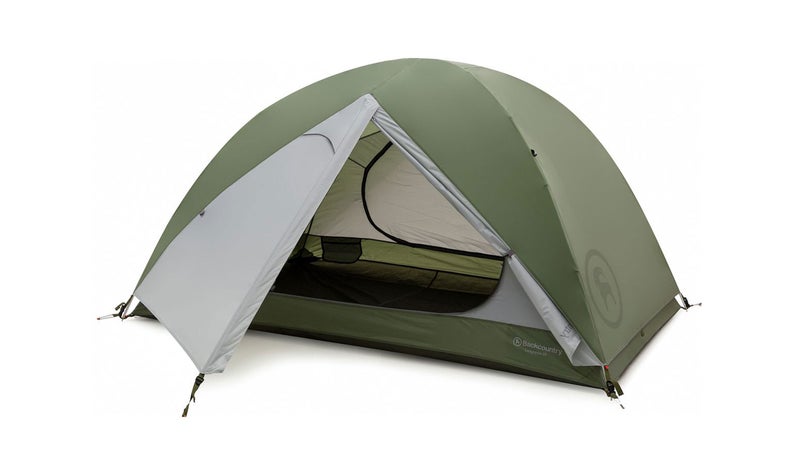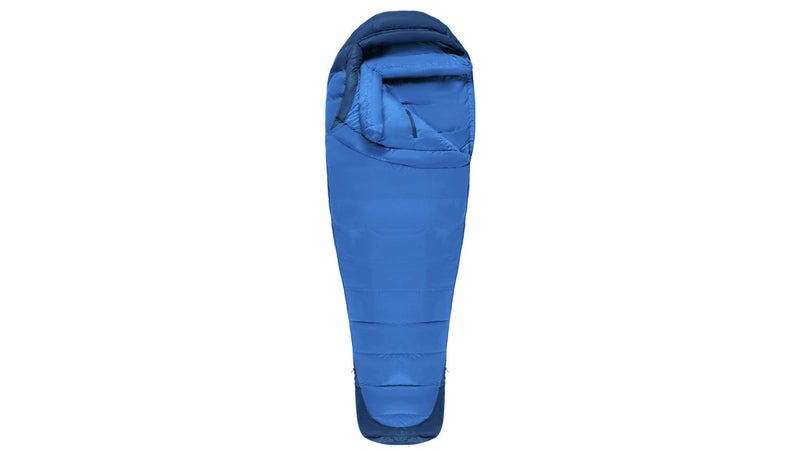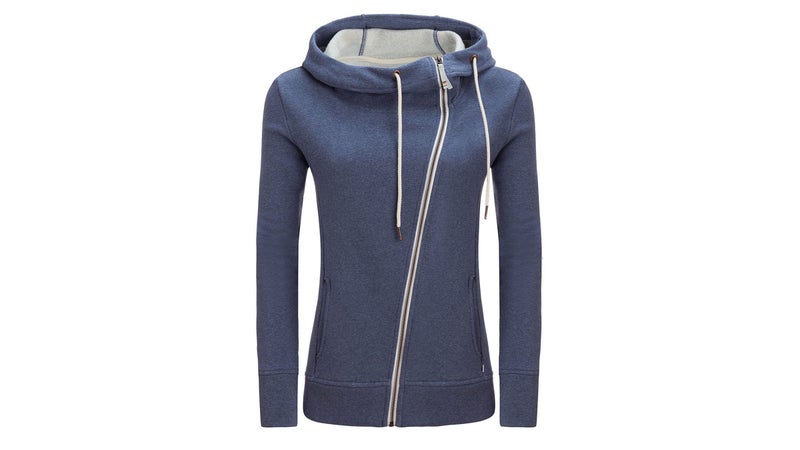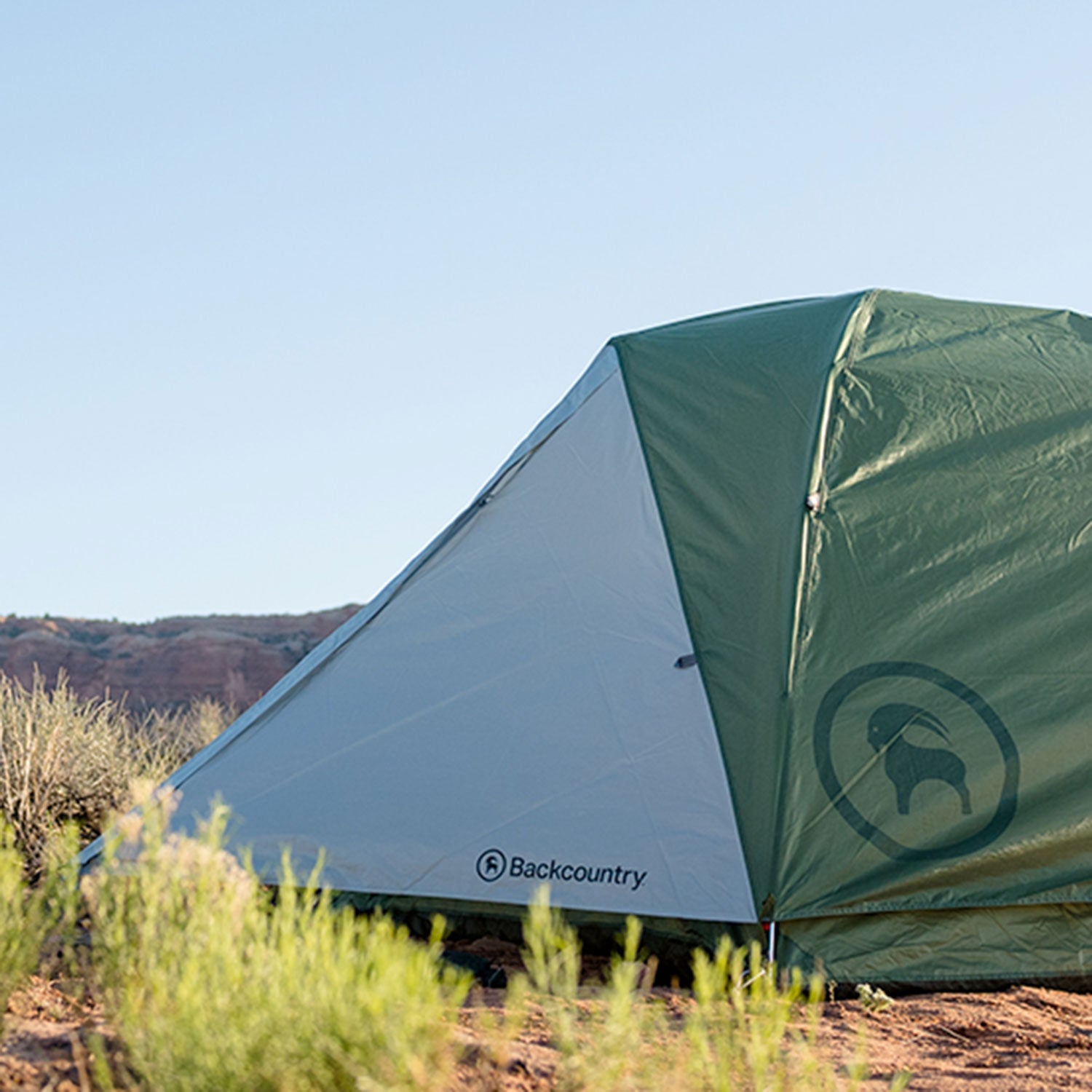After 22 years selling other brands’ gear, Backcountry.com announced in late March that it would be making its own proprietary apparel and equipment. We were intrigued. Would decades of experience matching customers with the ideal gear for their needs lead it to offer innovative, high-quality products?
An array of apparel went on sale last month, and Backcountry’s first tent and sleeping bag hit virtual shelves today. After getting in some time with the gear, we’re impressed but not blown away.
Lodgepole two-person tent ($190)

At 5.3 pounds, the Lodgepole is far from the¬Ýlightest in its class, but it has the simplicity and ease of use that I look for in a summer car-camping tent.¬ÝThe body uses a pair of¬Ýcrisscrossed poles joined by a swivel joint and open C-hooks, which means it‚Äôs quick to raise, even solo.¬ÝI had the tent and fly up and guyed out in less than ten minutes on my first try, without looking at the sewn-in directions. There are two C-shaped doors, and you can stake out the nylon¬Ýfly to create a pair of vestibules, one large¬Ýand one small.¬Ý
Inside, the Lodgepole is¬Ýsparse on details, with a small mesh storage pouch¬Ýon either side. Sizewise, the Lodgepole is a true two-person tent, with enough space for a pair of sleeping pads and bags placed side by side, but not a ton of extra room for gear (or stretching out) in between. In other words, it‚Äôs the kind of tent I‚Äôd¬Ýshare only with someone I know very, very well.¬Ý
—Ariella Gintzler, assistant editor
Pluma 0 sleeping bag¬Ý($300)

The Pluma¬Ý0 is rated¬Ýto¬Ýzero degrees and¬Ýwould work well for expeditions, multi-day ski touring, and winter camping. The¬Ýnearly full-length metal zipper (it stops about six inches from the bottom, creating a nice foot box) is beefy, with long, easy-to-grab pulls. There are amply stuffed baffles around the neck and collar and an elastic cinch strap to keep out frigid air. Inside, a zippered chest pocket is big enough for¬Ýa phone, while a Velcro pocket at the other end can hold a foot warmer.
The downside: to achieve its¬Ýtemperature rating, Backcountry stuffed the bag¬Ýwith nearly two pounds of¬Ý650-fill duck, and all that fill adds up. The Pluma 0¬Ýis 3.5 pounds,¬Ýheftier than my favorite winter bags, the Feathered Friends and Mountain Hardwear , both of which weigh¬Ýunder three¬Ýpounds. But at $300‚Äîhalf the price of the former‚Äîthe Pluma¬Ý0¬Ýis a solid option for warm comfort on a cold night.
—Ben Fox, associate editor
Assorted apparel ($45 and up)

Backcountry.com‚Äôs apparel line leans toward the lifestyle side of the spectrum, featuring an array of graphic and plain T-shirts, long-sleeve shirts, and tank tops, as well as stretch¬Ýkhakis, a sweatshirt, a flannel, and a raincoat. I‚Äôve been wearing the ($85), ($70), ($90), and ($45), and they‚Äôre all¬Ýcomfortable, well-cut pieces that capably cross over from campsite to town. The Bonfire is one of the coziest sweatshirts I‚Äôve ever pulled on, thanks to thick cotton fabric and an asymmetrical¬Ýzipper that keeps the cold metal away from¬Ýmy chin. The Super Stretch pants are pliant¬Ýenough for climbing, with the pockets and¬Ýseams¬Ýof everyday¬Ýpants. The plaid Airy shirt and polyester and linen tee¬Ýfit great, though neither¬Ýreally stands out from the pack. Ultimately,¬ÝBackcountry‚Äôs new collection isn‚Äôt groundbreaking, but¬Ýit‚Äôs a¬Ýwelcome addition¬Ýto my wardrobe.
‚ÄîA.≥“.



